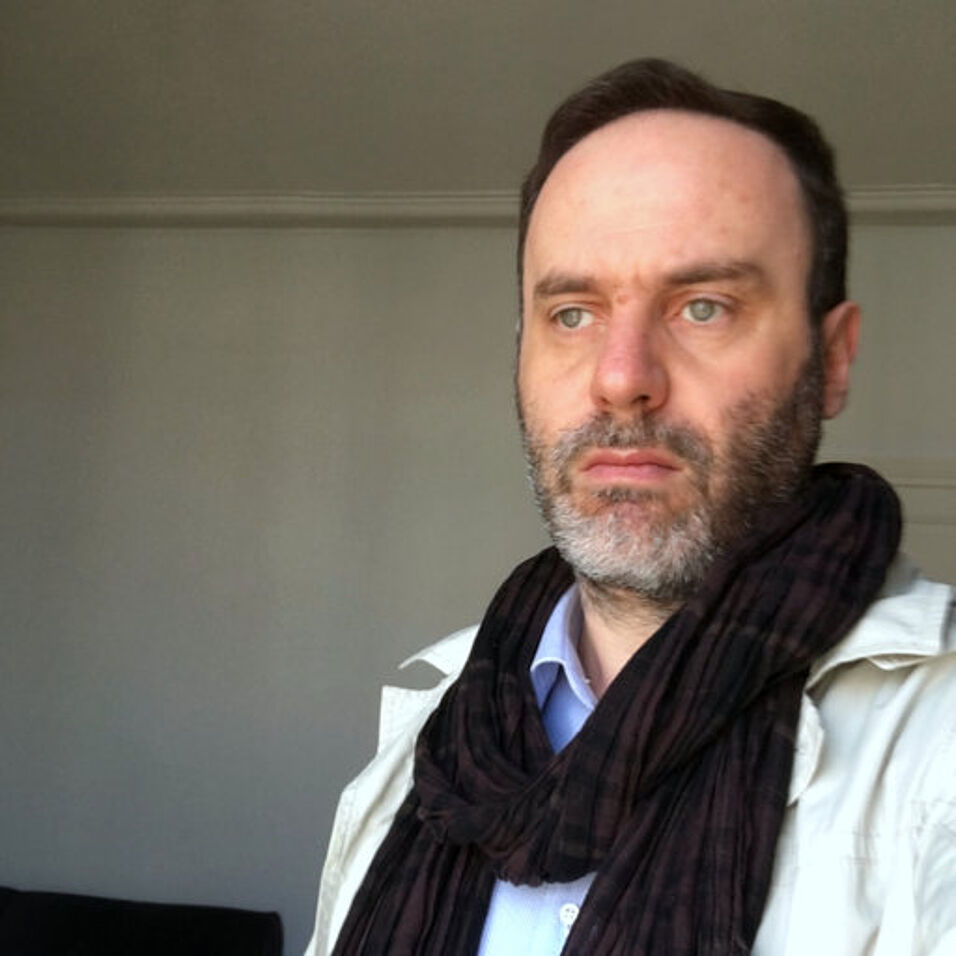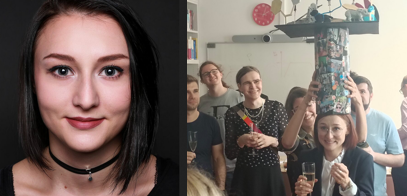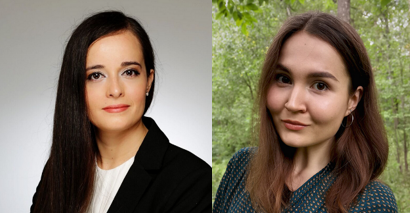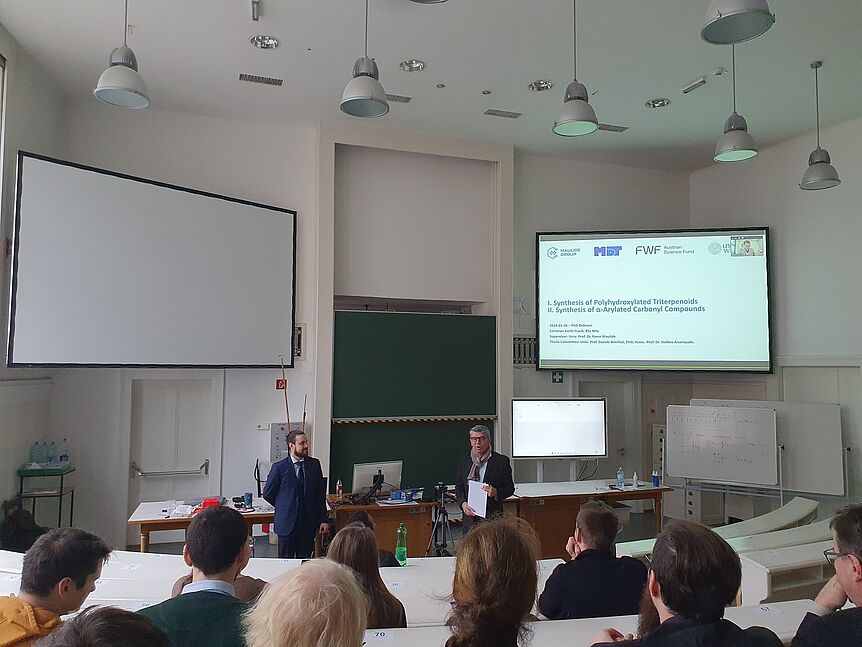The Doctoral Program ION CHANNELS AND TRANSPORTERS AS MOLECULAR DRUG TARGETS („MolTag“)
is pleased to invite you to the following lecture (in the frame of the Pharma and Food Lecture series)
"Don't let them bury the light. Multiscale methods in simulating (photo)biological phenomena from light matter interaction to the biological outcome”
by Antonio MONARI, PhD
Full Professor; Université de Paris & CNRS; Itodys Laboratory
(Le laboratoire Interfaces Traitements Organisation et DYnamique des Systèmes)
On: Thursday, November 11th, 2021, 17:15 (Pharma and Food lecture series)
Where: UZA 2, Althanstr. 14, 1090 Vienna, lecture hall 5
Host: Univ.Prof.Dr. Leticia González, Theoretical Chemistry, University of Vienna
The complex interactions and cross-talks taking place in biological systems are fundamental to assure the development of life. In addition, the interactions with external stimuli, such as light, are also responsible for many crucial outcomes related to signaling as well as energy conversion and storage. On the other hand, external perturbations and light may also represent an external stress producing harmful effects related most notably to skin cancer development. In this talk, we will illustrate the crucial role played by molecular modeling and simulation in elucidating these complex processes and their interactions in biological systems. We will stress the need of describing multiscale phenomena taking into account at the same time the complex electronic structure and its interplay with dynamic sampling and time evolution in biological macrostructures. By using appropriate and high-level molecular modeling and simulation strategies we will prove that the scientific field is nowadays ready to provide answers to, and hence rationalize, biological questions related most notably to mutation, DNA replication, cell resistance to stress, cell signaling, and viral infections. In this sense we will show how molecular modeling can efficiently participate to the development of novel anticancer agents or to the fight against global pandemic such as COVID-19. Hence, we will prove that we are clearly leaving the age of the simulation in model systems to enter into the age of a veritable in silico (photo)biology
References
1. Francés-Monerris et al. (2018) Chem. Sci. 9, 7885.
2. Dehez et al. (2017) Nucleic Acids Res. 45 3654-3662
3. Bignon et al. (2017) Nature Sci. Rep. 7, 8885
4. Bignon et al. (2016) Nucleic Acids Res. 44, 8588
5. Gattuso et al. (2016) J. Phys. Chem. Lett. 7, 376
6. Francés-Monerris et al. (2018) Phys. Chem. Chem. Phys. 20, 25666
7. Semmeq et al. (2019) Chem Eur. J. doi: 10.1002/chem.201902462
8. Hognon et al. (2019) J. Phys. Chem. B 123, 7365
9. Francés-Monerris et al. (2019) J. Phys. Chem. Lett.
10, 6750 10. Hognon C. et al. (2019) J. Phys. Chem. Lett. 10, 72000
11. Marazzi et al. (2019) J. Phys. Chem. Lett. 10, 7133
12. Garcia-Iriepa et al J. Phys. Chem. Lett. 2020 11, 9272
13. Hognon et al J. Phys. Chem. Lett. 2020 11 5661
ORCID: Antonio Monari (0000-0001-9464-1463) (orcid.org)





